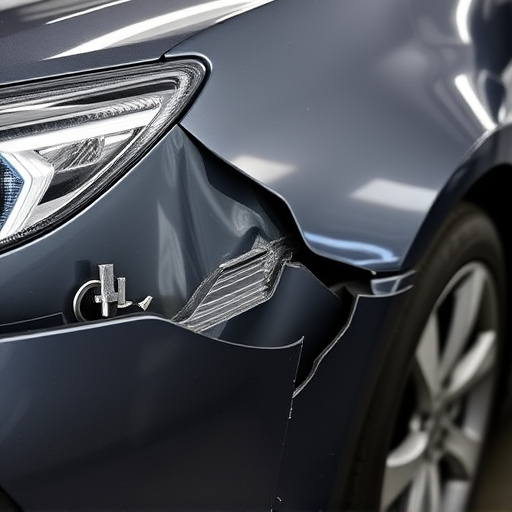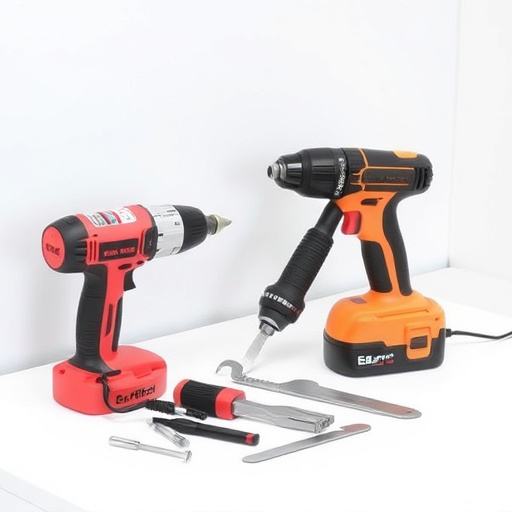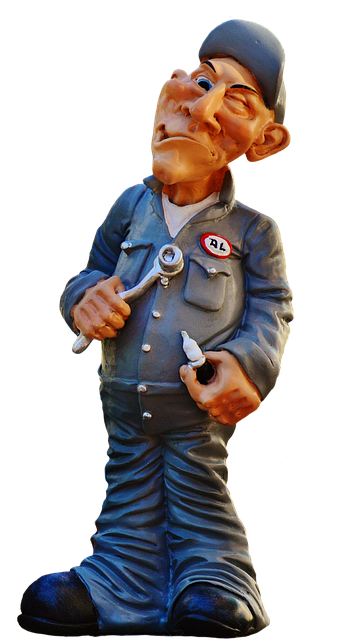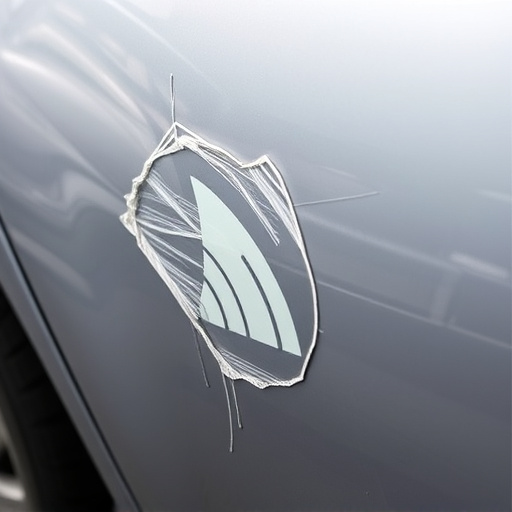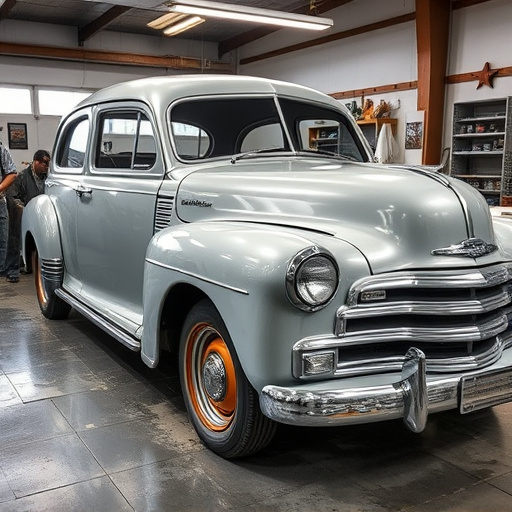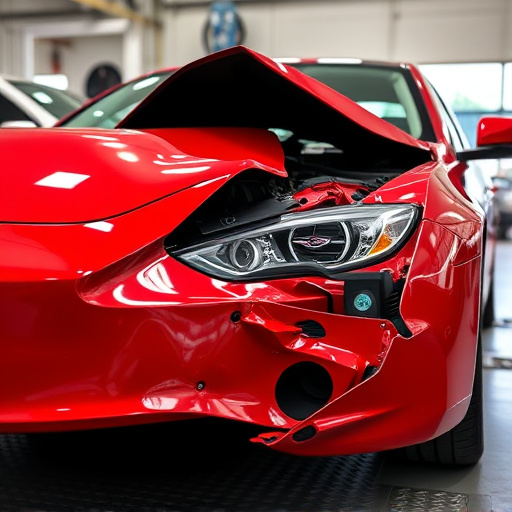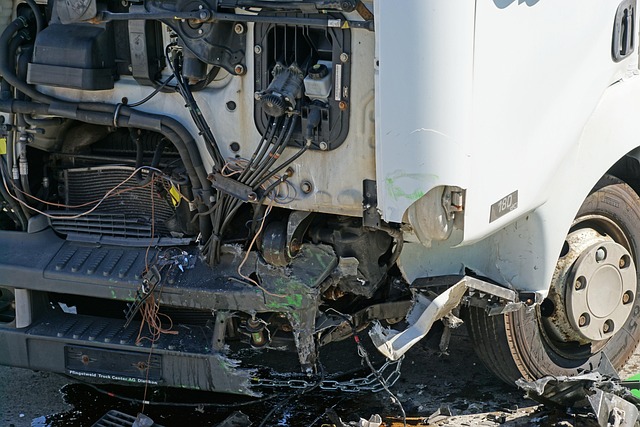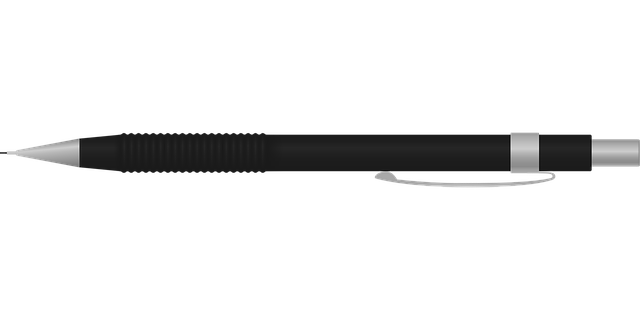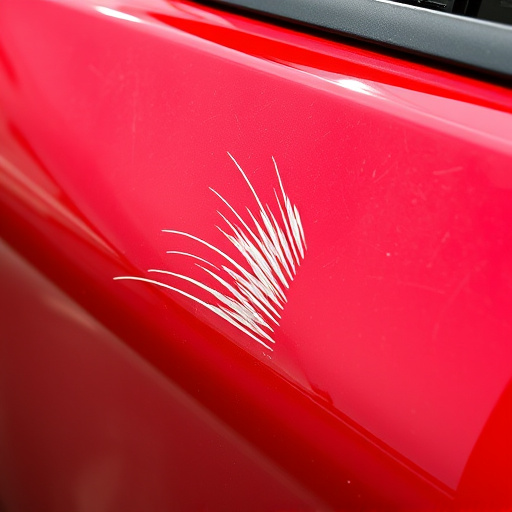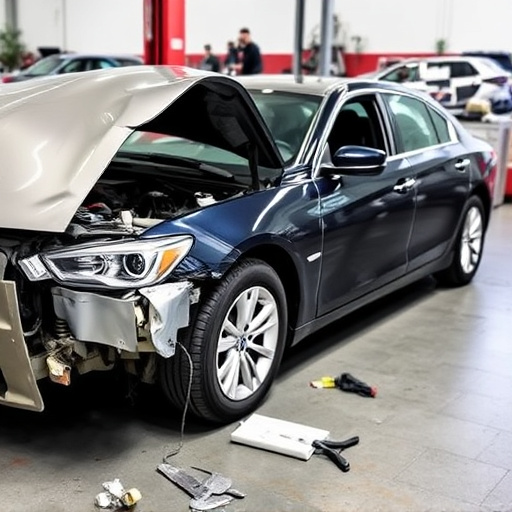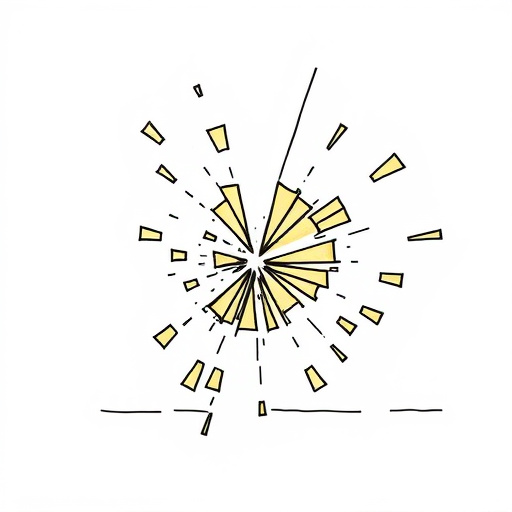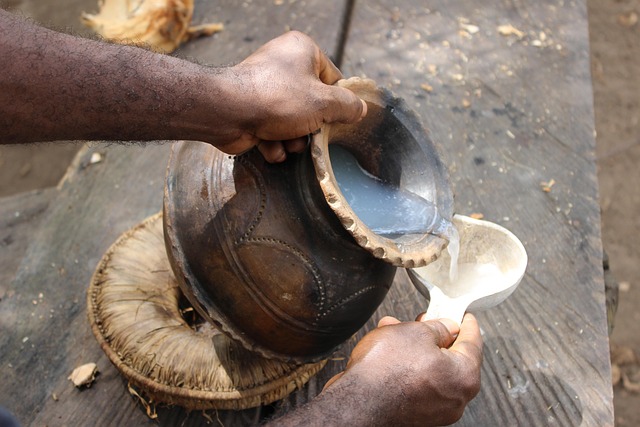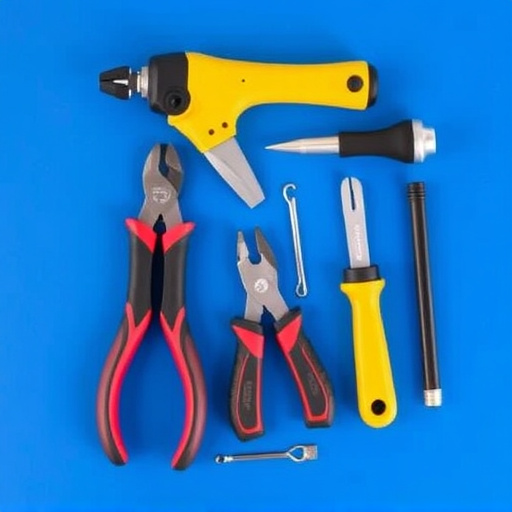Tesla offers a comprehensive warranty for collision repairs, emphasizing safety and quality with specific guidelines on part usage. While used or refurbished parts are not explicitly prohibited, specialized body shops source high-quality OEM or certified used components to maintain performance standards. Balancing cost savings and quality control is crucial in managing rising Tesla collision repair costs, as using aftermarket parts from trusted suppliers can offer affordable, reliable solutions without compromising vehicle authenticity or repair efficiency.
In the realm of Tesla collision repair, the question of using used parts arises as a strategic consideration. With mounting concerns over repair costs, especially in the bustling market for electric vehicles, understanding Tesla’s policies on used parts is paramount. This article delves into the intricacies of Tesla’s warranty and used parts policy, explores the advantages and disadvantages of their implementation, and guides readers through cost-effective repair options beyond official service centers. Navigating these choices can help owners manage Tesla collision repair costs effectively.
- Understanding Tesla's Warranty and Used Parts Policy
- Advantages and Disadvantages of Using Used Parts in Tesla Collision Repair
- Navigating Tesla Service Centers and Aftermarket Options for Cost-Effective Repairs
Understanding Tesla's Warranty and Used Parts Policy

Tesla offers a comprehensive warranty on their vehicles, but when it comes to collision repair, especially with used parts, there’s specific guidance to follow. While Tesla doesn’t explicitly prohibit the use of used or refurbished parts, their policy allows for certain exceptions. The primary focus is on ensuring the safety and quality of repairs, which aligns with the brand’s reputation for innovative technology and performance.
When considering a collision repair shop for your Tesla, it’s crucial to choose one that understands these policies. Many specialized automotive body shops now cater to electric vehicle owners, offering expert services tailored to unique vehicles like Teslas. Keeping the Tesla warranty in mind, these shops source high-quality parts, including original equipment manufacturer (OEM) parts or certified used parts from trusted suppliers. This ensures that your bumper repair or any other collision-related work is done with top-notch components, maintaining the vehicle’s performance and safety standards while potentially saving you on the escalating Tesla collision repair cost.
Advantages and Disadvantages of Using Used Parts in Tesla Collision Repair

Using used parts for Tesla collision repair offers both advantages and disadvantages when compared to employing brand new or original equipment manufacturer (OEM) components. One of the key benefits is cost savings, which can significantly impact the overall Tesla collision repair bill. Used parts are generally more affordable, making them an attractive option for budget-conscious consumers who still desire high-quality repairs. This price difference can help offset the higher costs associated with specialized Tesla auto body restoration and ensuring precise fitment.
However, there are potential drawbacks to consider. The quality of used parts may vary, and older or less-than-ideal components might not meet the same rigorous standards as new or OEM products. In automotive repair, especially in intricate vehicle restoration processes, maintaining precision and safety is paramount. While used parts can be a cost-effective solution, they may require additional effort in terms of sourcing, inspection, and compatibility testing to ensure they align with the vehicle’s specific requirements, ultimately influencing the overall auto body restoration process and potential delays in Tesla collision repair.
Navigating Tesla Service Centers and Aftermarket Options for Cost-Effective Repairs

When it comes to Tesla collision repair, there’s a delicate balance between maintaining the vehicle’s authenticity and keeping costs manageable. Tesla Service Centers offer specialized repairs, ensuring precise factory standards. However, navigating these centers might be costlier than expected for simple fender benders or minor damages. Here, many car owners turn to aftermarket options for more affordable solutions without compromising quality.
Aftermarket auto collision repair shops often provide alternatives, such as using certified used parts. These parts are genuine Tesla products that have been refurbished and reconditioned, offering significant savings on new ones. For instance, a used but still-functional sensor or control module can reduce repair costs substantially while ensuring your Tesla remains reliable. Auto maintenance specialists in this field stay updated with the latest technologies and models, enabling them to deliver efficient repairs tailored to each vehicle’s unique needs.
When considering Tesla collision repair, understanding the brand’s policies regarding used parts is crucial. While Tesla’s warranty strictly prohibits the use of aftermarket or used parts, there are viable alternatives for those seeking cost-effective solutions. By exploring authorized service centers and exploring options beyond the manufacturer’s guidelines, owners can balance quality, affordability, and adherence to warranty requirements. Ultimately, navigating these choices empowers Tesla owners to make informed decisions tailored to their budgets without compromising on safety or reliability in their collision repair process.
